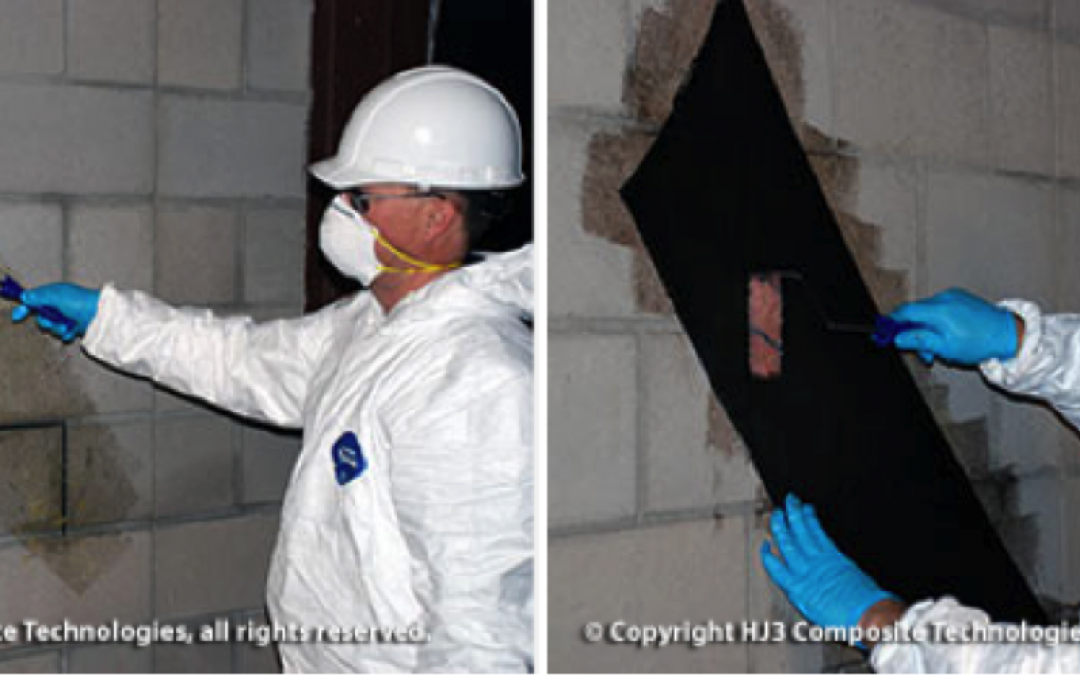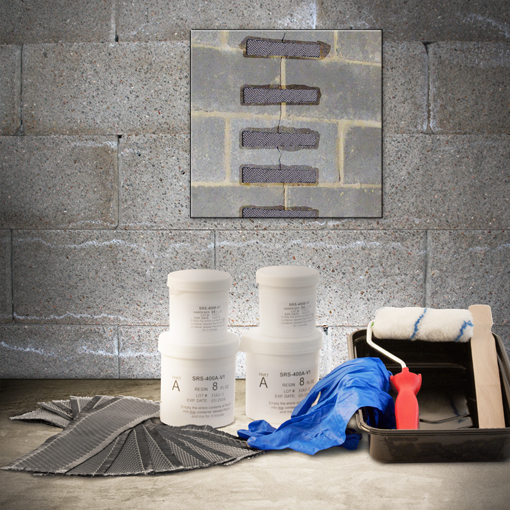by Marci Broderick | Feb 19, 2015 | Miscellaneous
It seems that every winter season lately brings unprecedented amounts of snow and record-setting low temperatures, and this season has proven to be no different. February isn’t even over yet, and already, Boston has seen more snowfall this month than any other in recorded history (59.1 inches thus far). Temperatures of negative 10 have been recorded in many parts of Massachusetts. And when weather gets that cold, more than just our comfort is affected; heavy snowfall and below-freezing temperatures can result in serious problems for your home, including frozen pipes, collapsed roofs, and more.
by Marci Broderick | Feb 5, 2015 | Miscellaneous

by Marci Broderick | Jan 15, 2015 | Miscellaneous
Mold loves to grow in dark, moist places around your home. This makes your basement prime real estate for the intrusive fungi. But while common molds such as aspergillus, penicillium, and the dreaded “black mold” stachybotrys are unsightly and persistent, their negative effects go far beyond simple aesthetics. In fact, mold can cause serious health concerns like asthma or allergic reactions if left untreated. Cleaning mold can be a simple task for most homeowners, but many cases require a professional mold removal service.
by Marci Broderick | Jan 12, 2015 | Miscellaneous
You may have noticed a dank, musty smell coming from your basement. This is a common issue that results from the presence of fungus in your basement. Molds, and especially mildew, produce an earthy, musty smell that is undesirable and unhealthy. A musty odor can be a persistent nuisance, but there are some things you can do to help get rid of the smell.
by Marci Broderick | Dec 12, 2014 | Miscellaneous
In September, 2014, a home in Toronto, Canada collapsed, killing one and injuring two others. The home was being remodeled to incorporate a new 2-story addition, but before the addition could be built, the home’s foundation required strengthening. It was during this underpinning procedure that the home collapsed.
by Marci Broderick | Dec 8, 2014 | Miscellaneous
Since its introduction into the aerospace industry in the 1950’s, carbon fiber has become a “material of choice” across a wide variety of industries, including automotive, construction, sporting goods, and medical equipment, among many others. Its high versatility and incredible strength provides a solid value in many industrial applications.

by Marci Broderick | Nov 26, 2014 | Miscellaneous
Ceiling cracks aren’t uncommon, especially in older homes with plaster or concrete slab ceilings. Cracked ceilings can be a result of several different factors, including shifting with age, excess moisture from heavy storms, improper roof drainage, and too much weight from the floor above (see my previous blog, Ceiling Cracks: Causes and Remedies for more information). In many cases, cracked ceilings aren’t a reason to worry, but in other cases, they can be an indication of structural instability and will require repair as soon as possible to prevent further damage.
by Marci Broderick | Nov 11, 2014 | Miscellaneous
As a homeowner, you have a list 10 miles long of all the things that could potentially go wrong with your home. You probably also have a super long list of repair options for all of those potential problems. But, if you’re like me, your budget isn’t nearly as long as either of these lists, so you find yourself wondering how to pay for your repairs. You may have also realized that there are several Do-It-Yourself options that allow you to take matters into your own hands, allowing you to save money right off the top. But are all of those DIY options as reliable as hiring an expert? How do you know if your own DIY skills are adequate enough to perform the task at hand? What if you start a project, only to realize that you’re in over your head, forcing you to call a contractor anyway? Luckily, in the chaos of all of these scary questions, one solid answer emerges. And while it’s not applicable for every issue you’ll face with your home, DIY carbon fiber kits give you the power to structurally reinforce your own home in a matter of hours.



